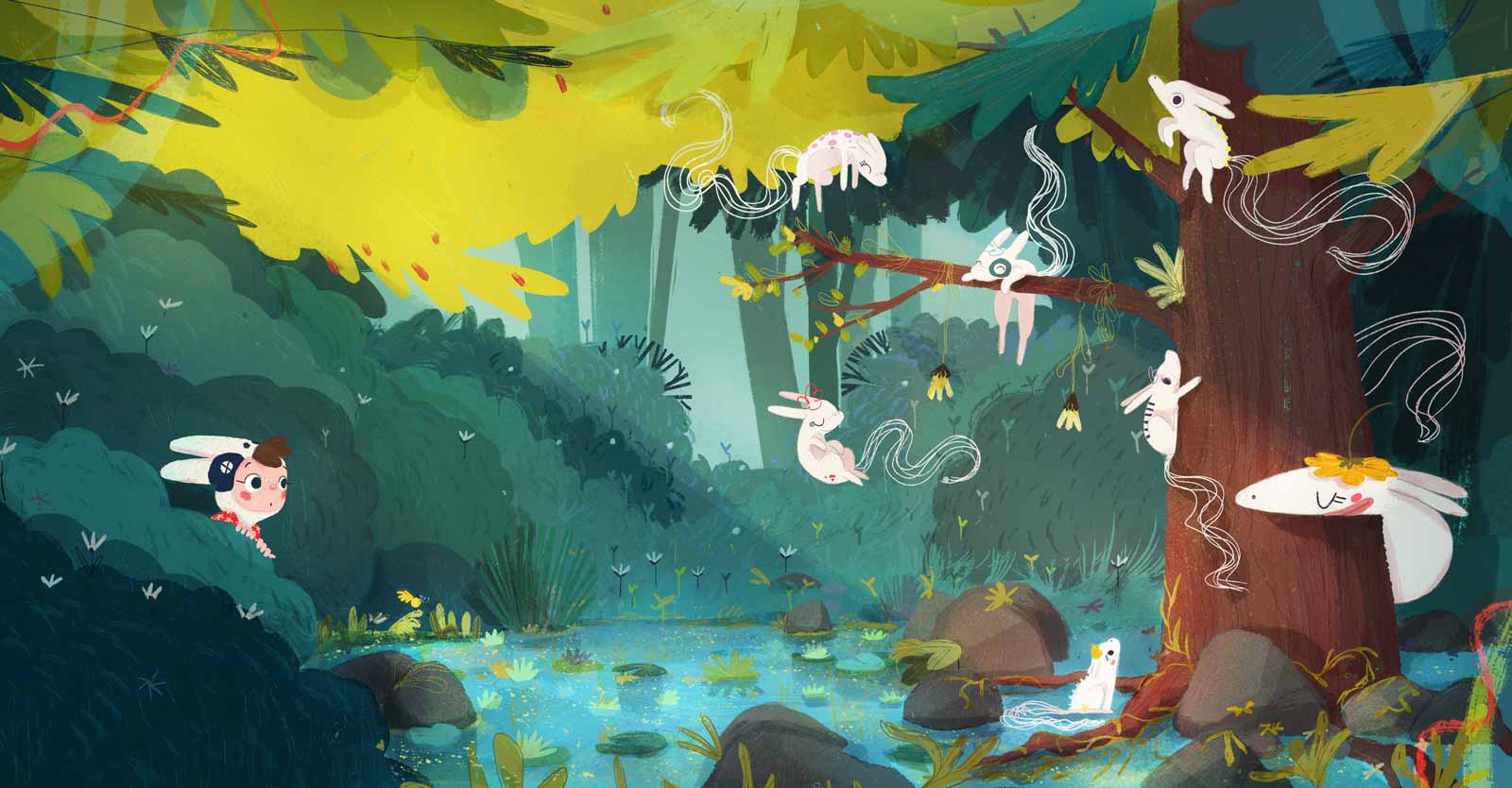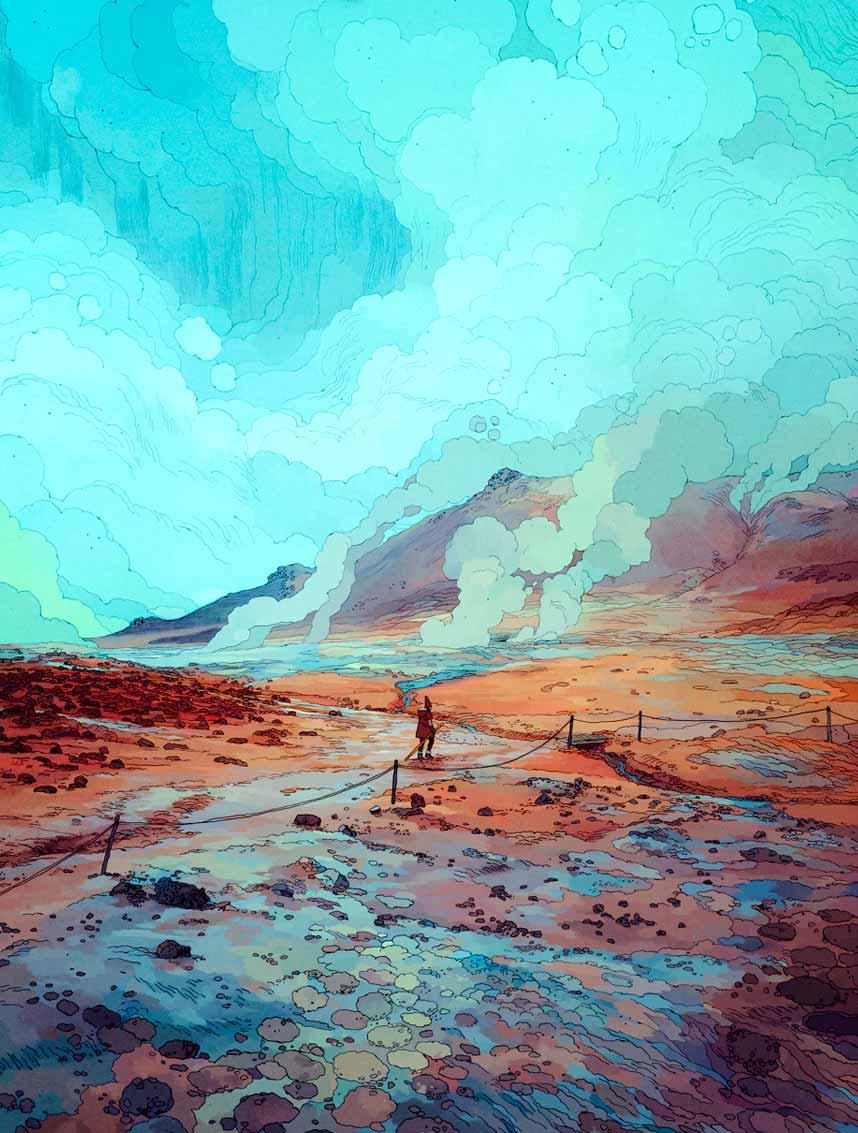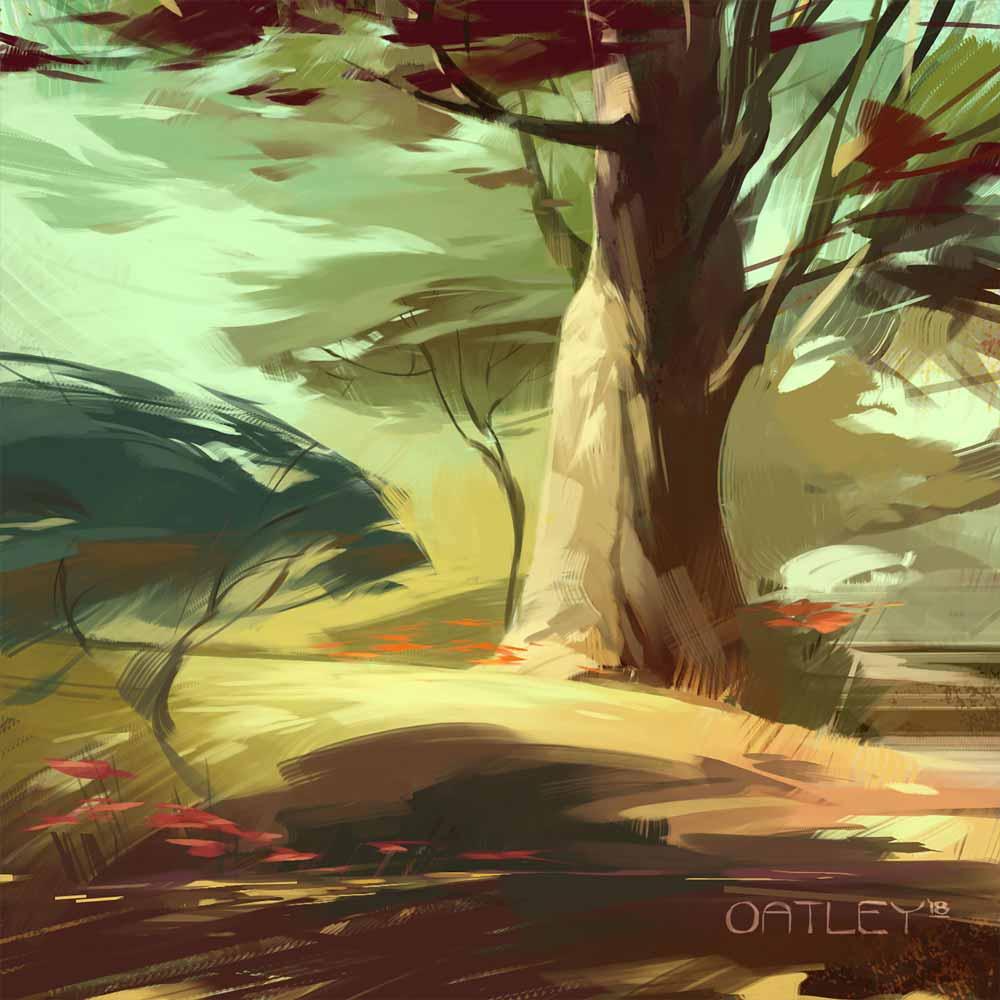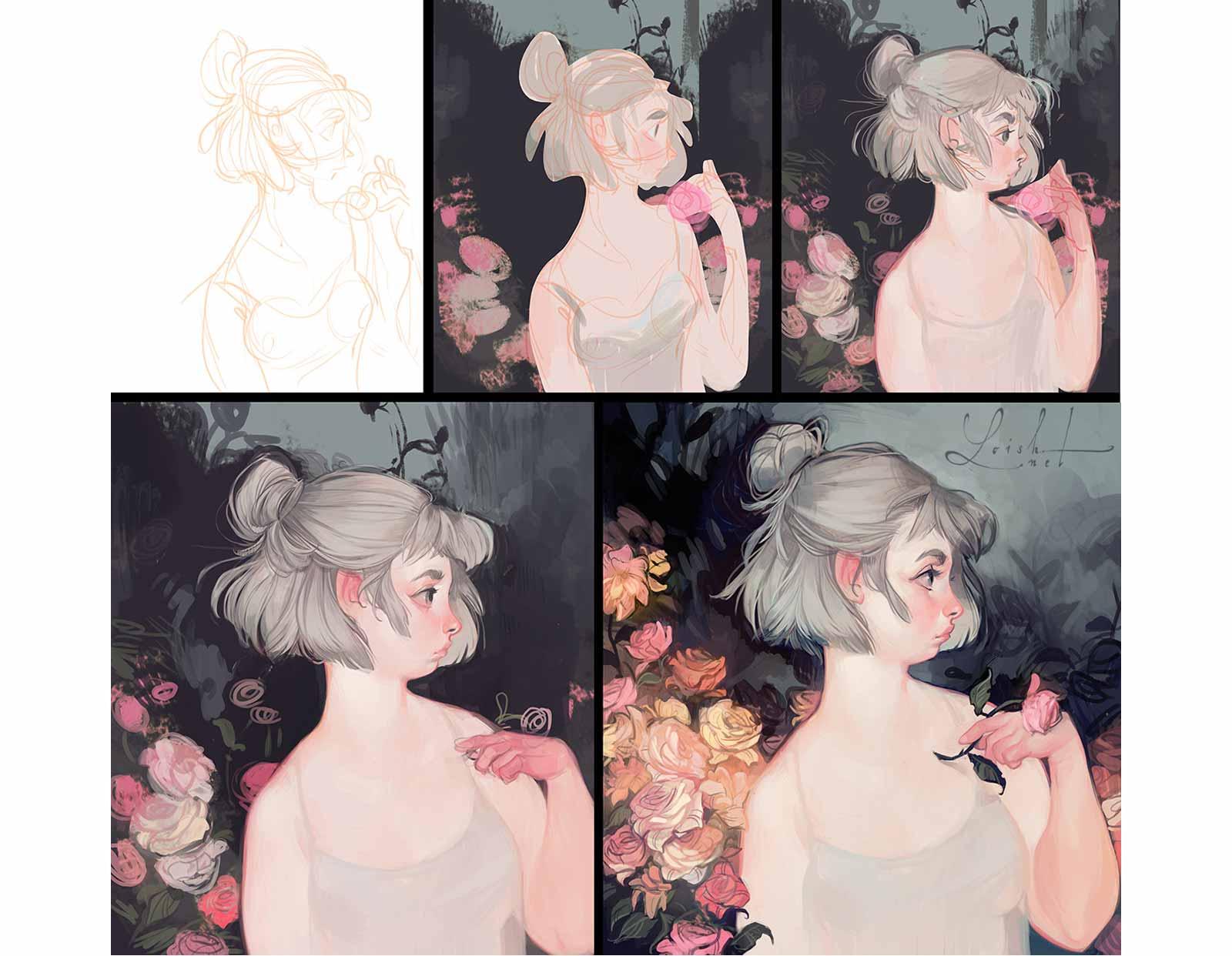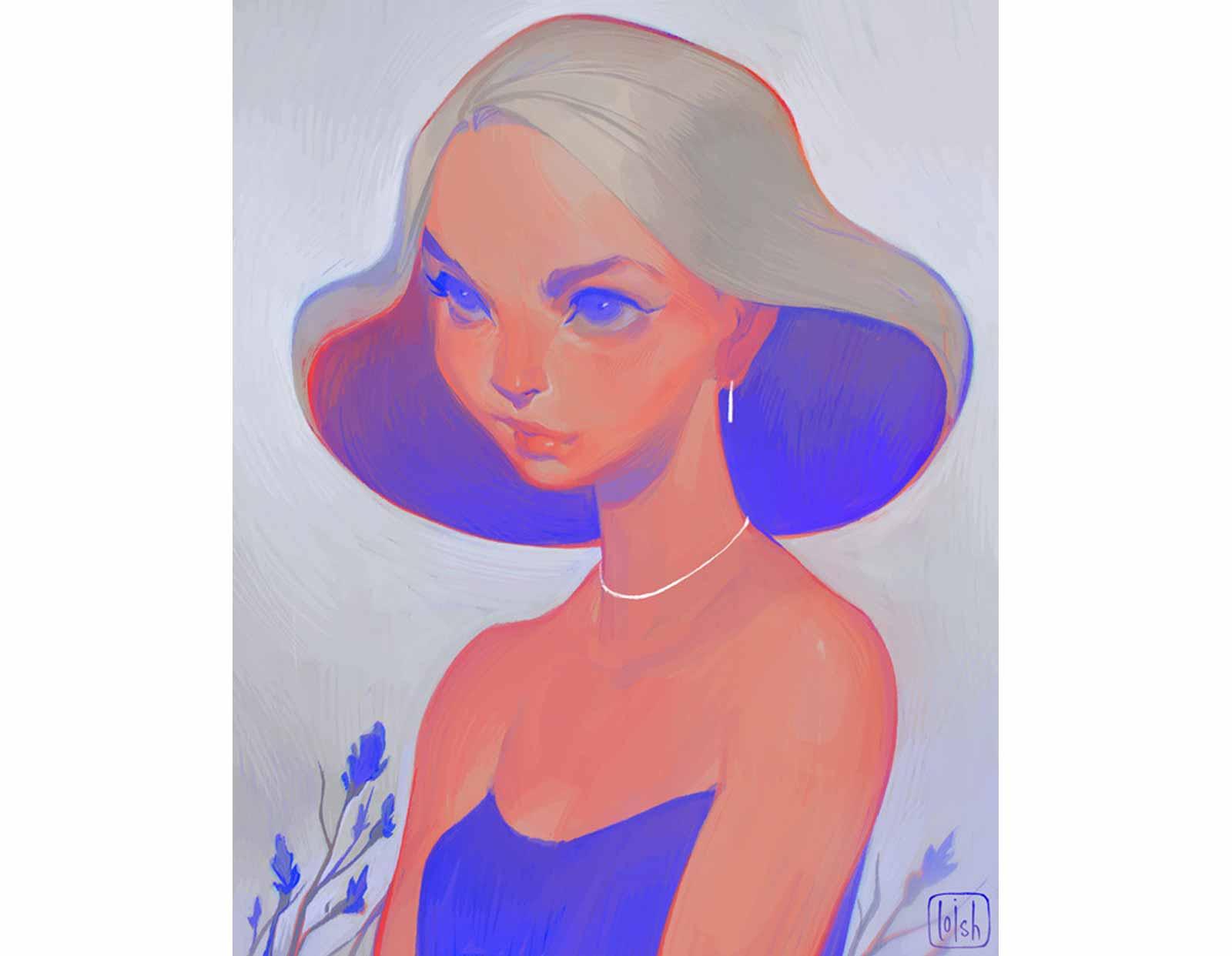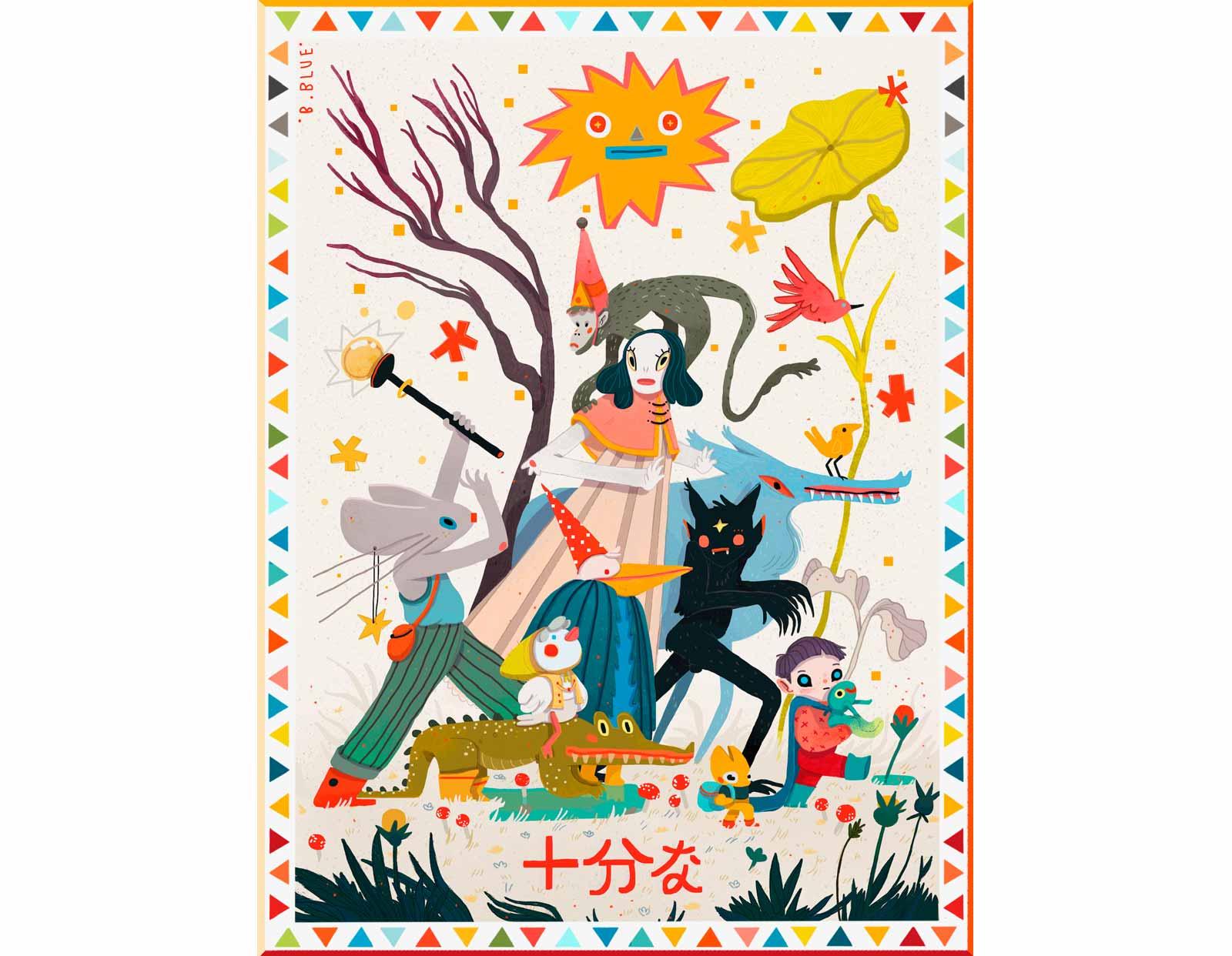Through accessibility and innovation, a groundbreaking app is changing the art world as we know it. The mobility, intuitive use and affordability of the iPad app Procreate has greatly expanded the field of digital art since it was first released in 2011, in part due to its shockingly low price tag: a single payment of 10 USD. That’s equal to the monthly cost of Photoshop.
Its latest update, branded Procreate 5, is creating waves more monumental than its developers at Savage Interactive expected. Released to the public on December 9th, the update includes a range of upgrades and advancements, including an animation feature, at no additional cost. But before the particulars of this update and its impact can be further discussed, it’s important to unpack what digital art really is.
Many people do not know what to picture when they hear the term digital art as it lacks both a concrete definition and a tradition of use. The term can technically be applied to any piece of art made with a digital tool—from a Nikon camera to Microsoft Paint—but it has come to mean different things to different sectors of the art world.




